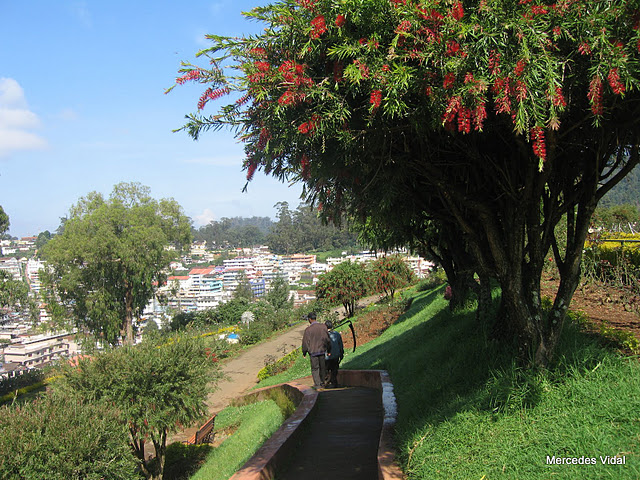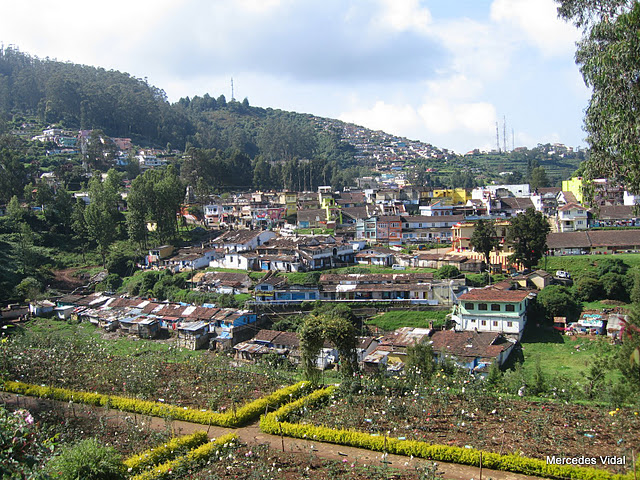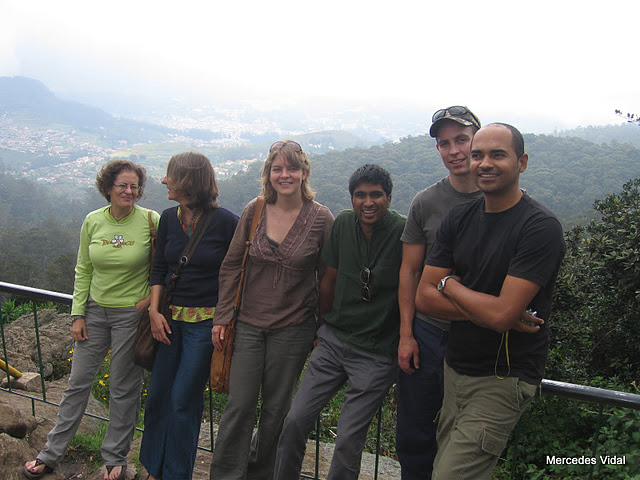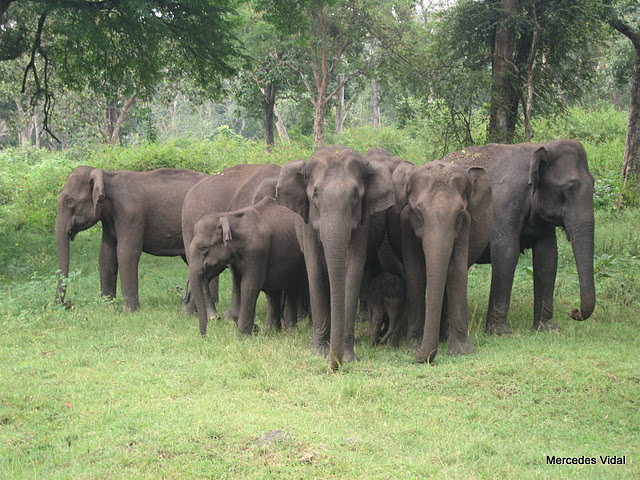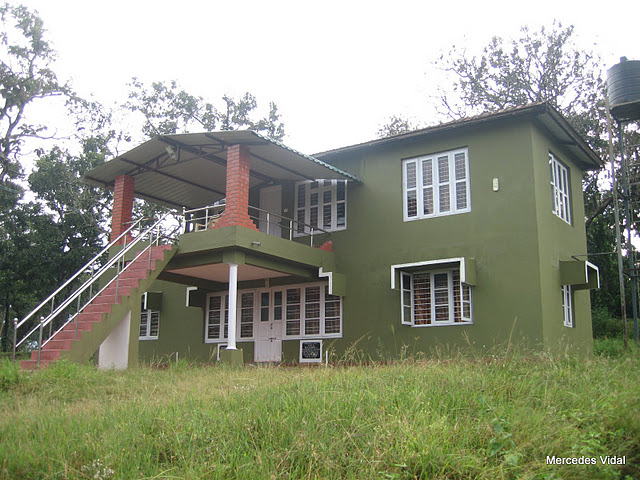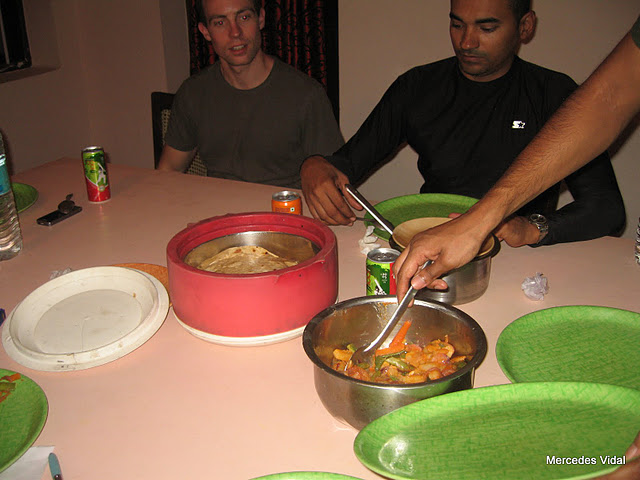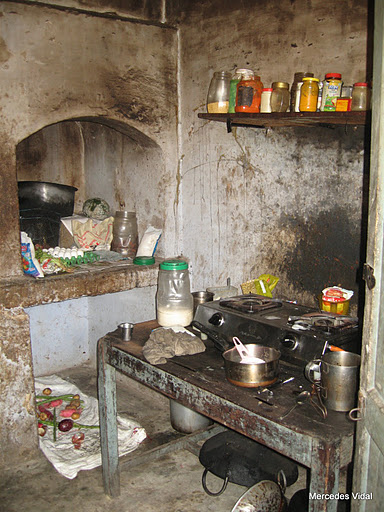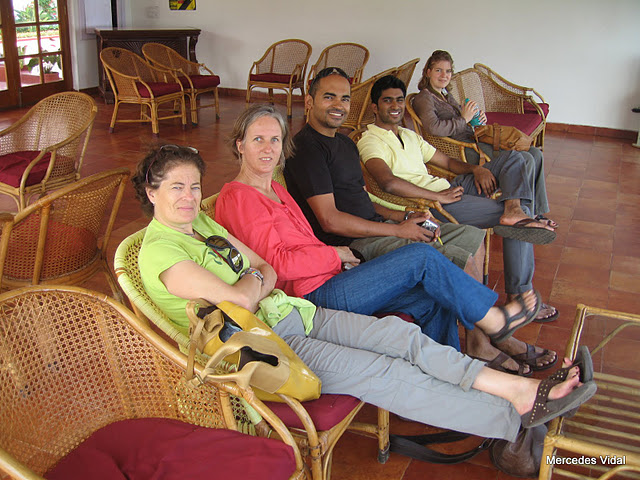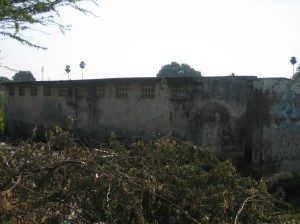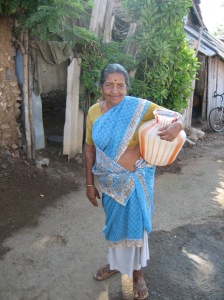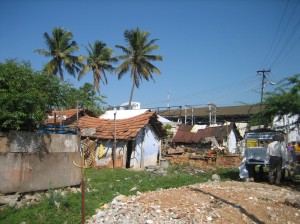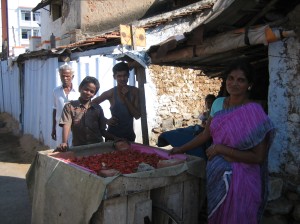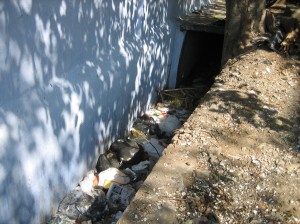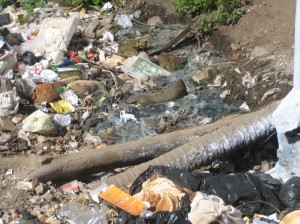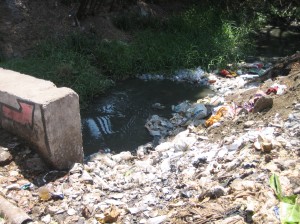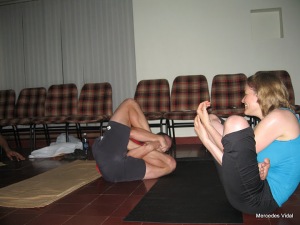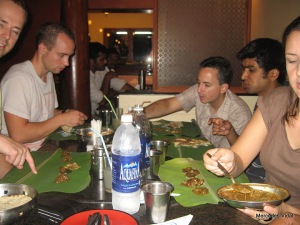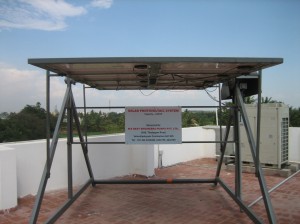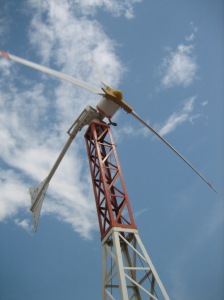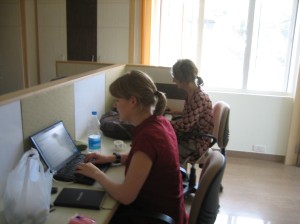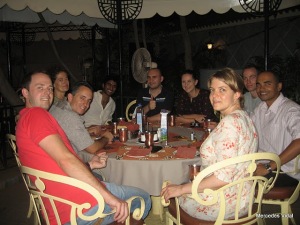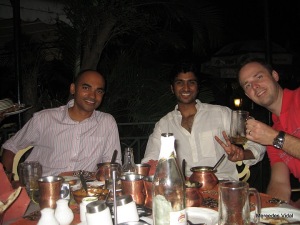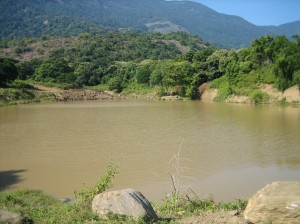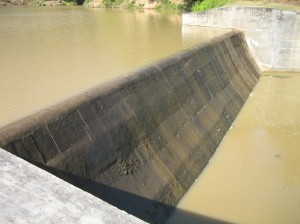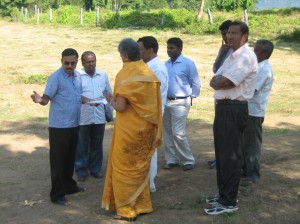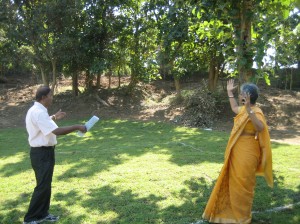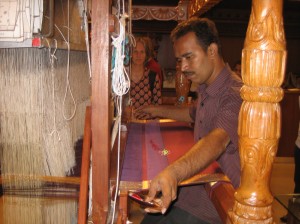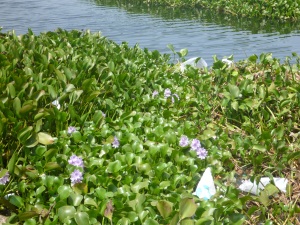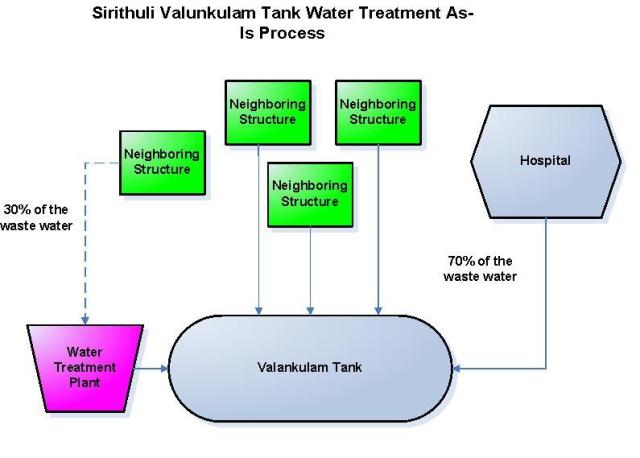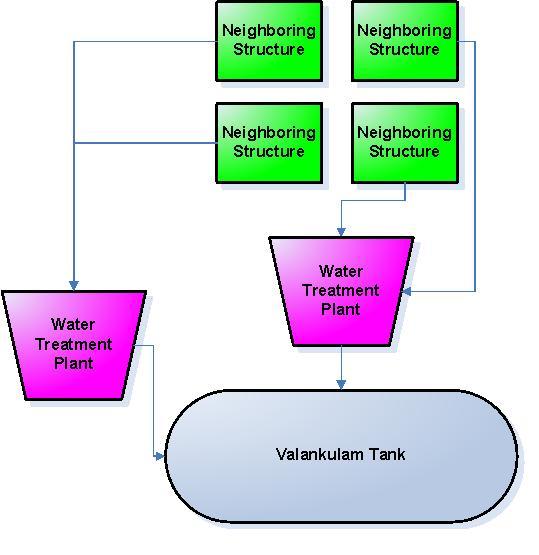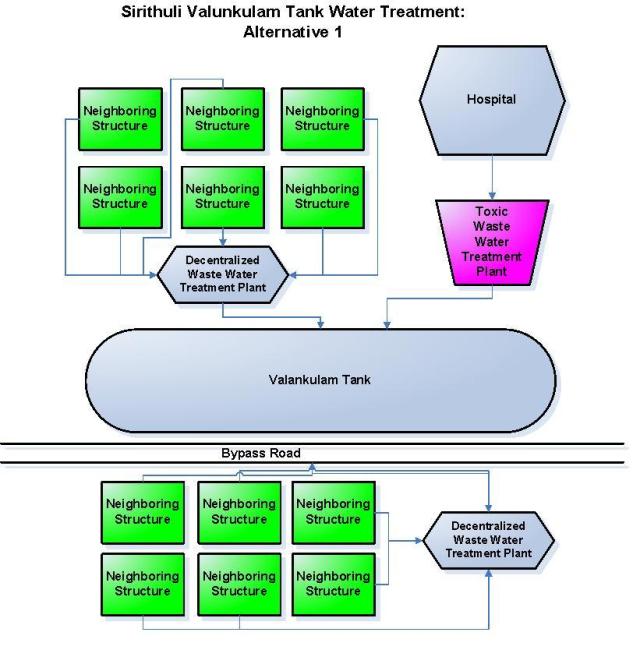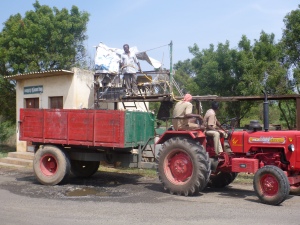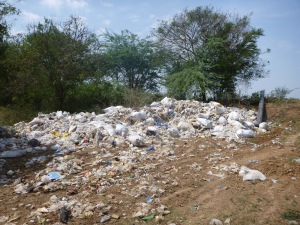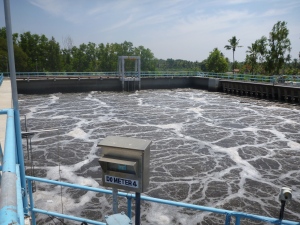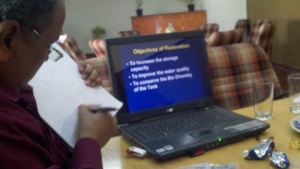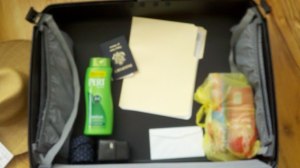Today marks the end of our third week in Coimbatore. It has been a busy week, so I really haven’t had time to update the blog (although I figure you all probably had more interesting things to do than read my blog. If not, I’m flattered)
On Monday and Tuesday, the Sankara and Siruthuli teams went on a trip to Mudumalai Tiger Preserve. We had worked the past two Saturdays, so we were looking forward to a well-deserved vacation.
Our first stop was in Ooty, a hill station in the Nilgiri hills of Tamil Nadu. Ooty was originally a tribal land that was then turned into a hill station and was a favorite of the British during the colonial period. Now, it is very popular with Indian tourists. Ooty is very famous for its tea plantations, so we visited a plantation and bought some tea for our people back home. The best part of Ooty was the climate–it is 20 degrees cooler in Ooty than in Coimbatore, so we were all enjoying the break from the heat. Here are some pictures from Ooty (Credit to Mercedes for the pictures). The first is from the Ooty Rose Garden, the second is the view of Ooty from the Rose Garden, and the final picture is the team at Doodabetta, the highest peak in the Nilgiri Hills.
While Mudumalai is famous for its tigers, we didn’t see any (unfortunately). But, we did get to see some elephants!
The guest house that we stayed at was a no-frills place, but we all really enjoyed the remoteness of the area. Lisa taught us how to play Solo, a card game taught to her by her friend from the Netherlands. We also had an amazing dinner at the guest house. It was very basic–just a vegetable subzi and dahl, but was possibly the best meal that I have had during my entire stay in India. It was also really interesting talking to the gentlemen who ran the lodge–one was a local tribal from the Nilgiri hills, and the other lived in the local village. It was great learning about their histories and how they have seen the park change over the years.
One thing I did notice that alarmed me was the amount of trash that was present all along the park. It seemed that there were not that many garbage bins present around the roads, so people threw their garbage along the side of the roads. Considering that Mudumalai is a protected area, I was curious as to why a) people were consciously throwing trash and b) why it was not cleaned up on a regular basis. Anyone have any ideas? I am not sure how the national park system in India works…
On a lighter note, here are a few pictures of the guest house and our meal together.
Finally, on the way back we stopped at a tea plantation to have a cup of tea(a change from South Indian filter coffee) and lounge around.
Over the weekend, I’ll post an entry about our meeting with Dr. APJ Abdul Kalam–Siruthuli is having a celebration for his 80th birthday on Saturday and our whole team is coming. I am excited to meet him and hopefully we will have good pictures!

